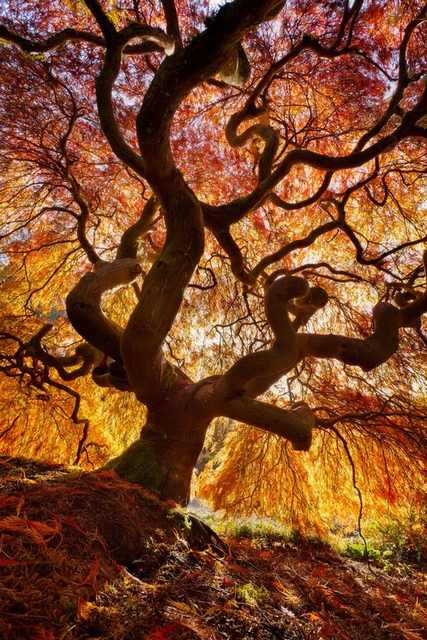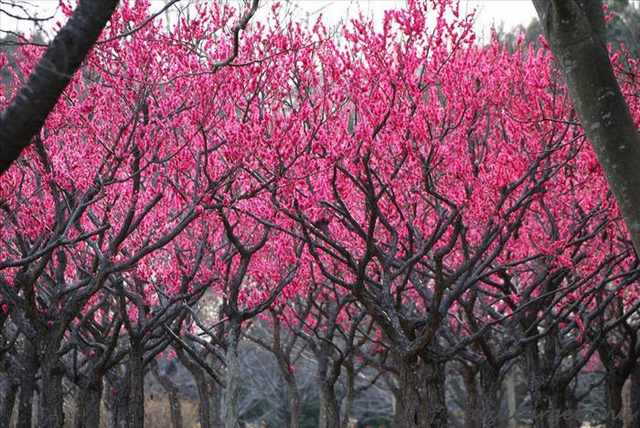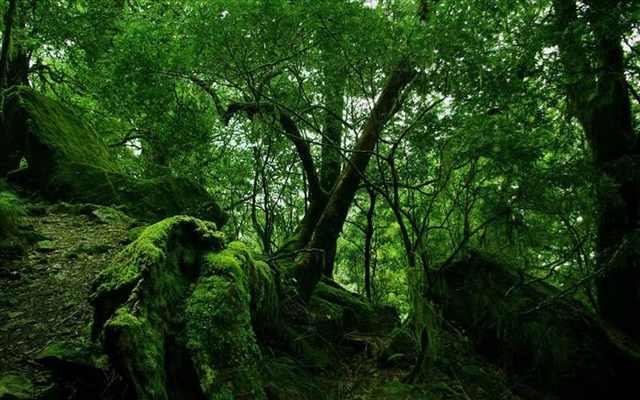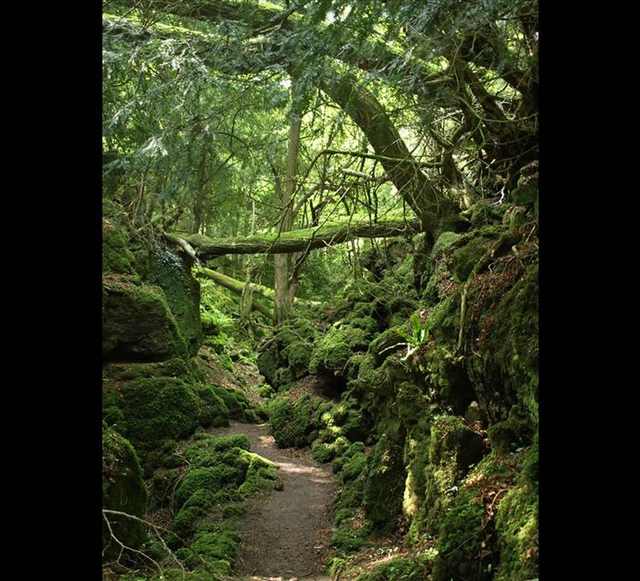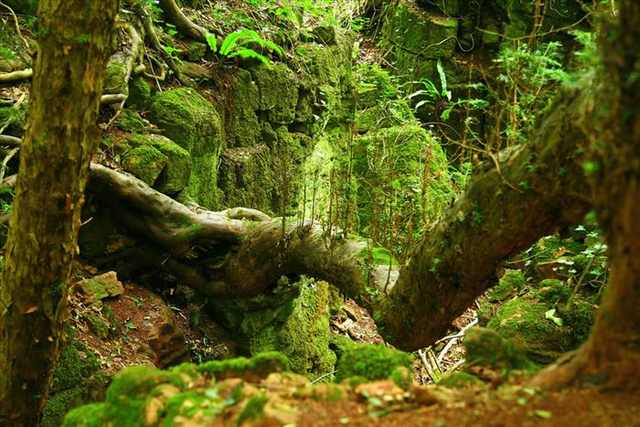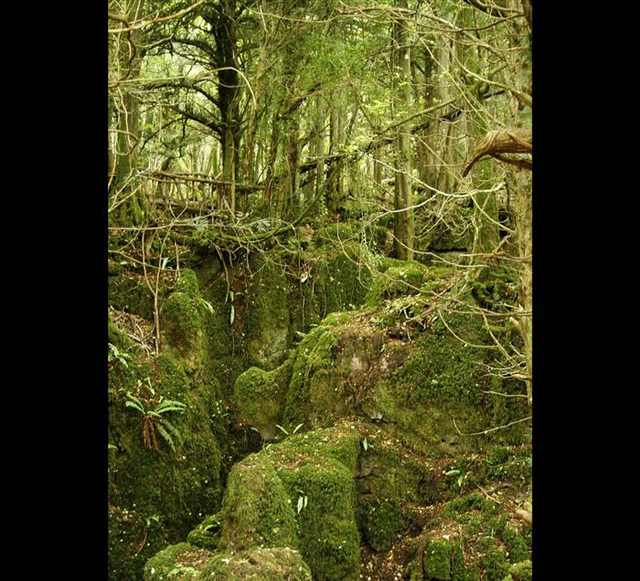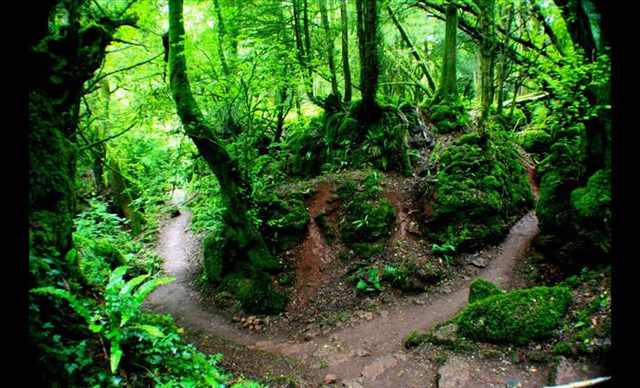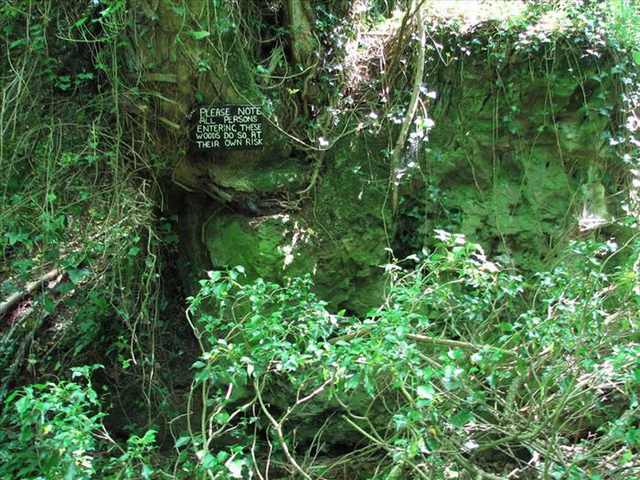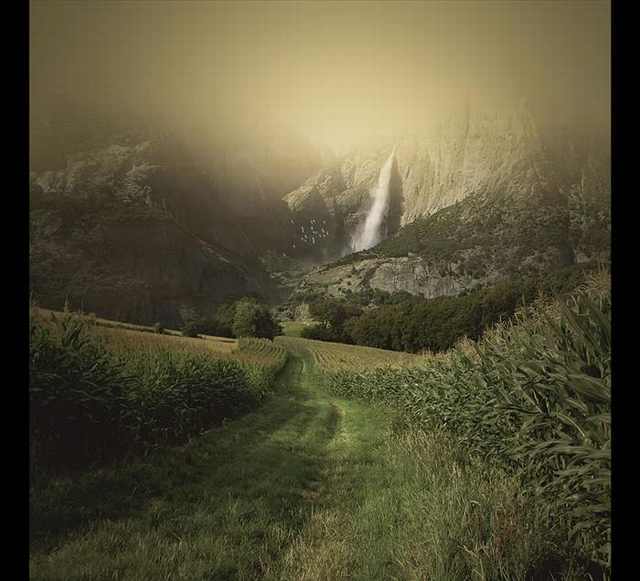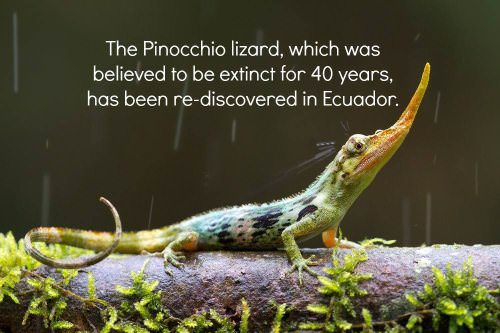Rachel K.
Main > Food & Drinks > The Top 10 Good Luck Foods for the New Year!
The Good Luck Foods of the New Year
|
Each time the New Year rolls around,
cultures around the world celebrate with a traditional feast of foods
thought to bring good luck and fortune in the New Year. Here are 10 foods that you should eat on the eve of the new year to ensure that 2014 is the best year yet!
|

Long Noodles
In China and Japan as well as many
other major Asian countries it is customary to eat long noodles on New
Year's Day. They believe that the length of the noodle signifies
longevity and full life in the year to come. Usually the noodles are
prepared in a stir-fry or in soup and are devoured by children and
adults alike.

Pork
In countries like Cuba, Spain,
Portugal, Hungary and Austria it is common to consume pork during the
New Year because pigs symbolize progress and development. This is
because these animals supposedly never move backward, or because in
their feeding habits, pigs push their snouts forward along the ground
looking for food.

Round Fruit
Eating round fruit is a common New Year's tradition for a number of cultures, but the number of pieces differs. For instance, in the Philippines, by custom usually 13 pieces are eaten because it is considered a lucky number. In Europe and the United States, usually 12 pieces are eaten which represents the number of months of the year. The only condition common to all round fruit eaten for the New Year is that it must be sweet! So stock up on those oranges and tangerines for good luck this year! 
Whole Fish
In Chinese, the word for 'fish'
sounds similar to the word for 'abundance', making fish a good luck food
for the new year in that culture. It is important, however that the
head and tail be served intact to ensure a good new year from start to
finish.

Pomegranates
In Middle Eastern cultures,
pomegranates signify prosperity and fertility, but also good luck and
fortune. In Turkey, pomegranates are consumed on the New Year because
they believe that the red represents the human heart, the medicinal
properties of the fruit represent health, and their many round seeds
represent prosperity. If these are things you wish for yourself or
others in the New Year, pick up some delicious tart pomegranates.
 Greens Start the New Year off on a healthy foot! In the American South and Europe people consume green leafy veggies like kale, collards and cabbage on New Year's Day. This is due to their color, which is the same as the dollar, and the belief is that the more you eat, the most prosperous and healthy you will be! 
Lentils
This popular New Year's treat in
Italy is called Cotechino con Lenticchie, or green lentils with sausage.
It is consumed for the New Year due to lentil's green color and
coin-like appearance, similar to the reason people in the Americas eat
greens. It is also believed that when the lentils are cooked and soaked
in water they become plump, which means the individual will experience a
growth in wealth.

Pickled Herring
In Germany, Poland and Scandinavia it
is believed that eating herring at the stroke of midnight is the key to
a year of bounty. This is because herring are present in abundance
throughout Western Europe and their silvery color is similar to the
color of coins, a good omen for future fortune.

Black Eyed Peas
In the southern United States, it is
common to serve black eyed peas along with collard greens for the New
Year. Black eyed peas are considered good luck because of their
penny-like appearance and abundance. One of the more traditional dishes
made with black eyed peas is called Hoppin' John, or a dish of peas and
rice. The day after New Year's Day, the leftover Hoppin' John becomes
Skippin' Jenny to demonstrate frugality and promote prosperity in the
New Year.

Cornbread
Another southern favorite, this sweet
and delicious treat is eaten because its color resembles gold. For an
extra lucky loaf of cornbread, some chefs add corn kernels to symbolize
gold nuggets.
Wishing you the best of luck and good eats in the New Year! |


